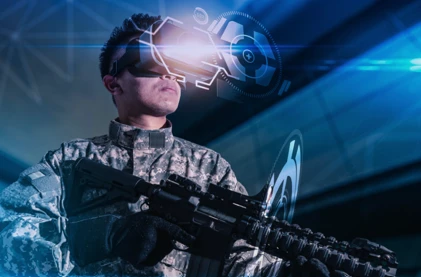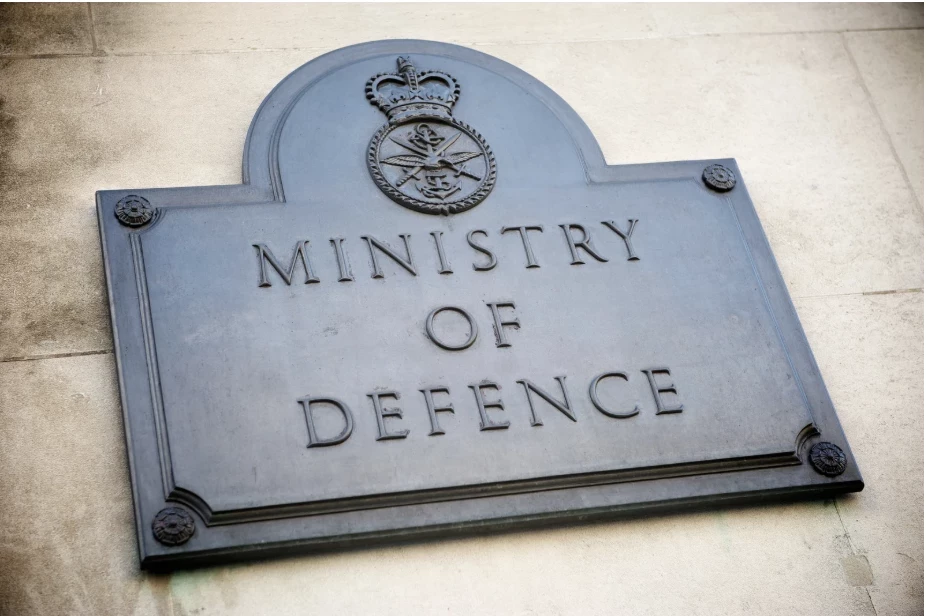How Modern Technology Can Improve Employment in Defence – From Trainees to Veterans
Add bookmark
Having the right technology is key to improving defence recruitment, retention and personnel management, and inspiring the new generation to embark on life-long careers in the sector.
No employment sector offers the same uniqueness and excitement as a career in defence. Despite this, personnel retention is a persistent problem. Government data showed in the twelve months to 30 September 2019, more people left the armed forces than joined (15,120 versus 14,880), and the size of the British military fell for the ninth year running. Further, MP Dhesi noted personnel service life satisfaction had fallen from 60% in 2010 to 46% in 2019. Loss of personnel causes pinch points for service delivery which, due to the nature of military work, can cause those remaining to work longer and harder. This creates a downward spiral, as reliance on fewer military personnel increases workload and dissatisfaction. Loyalty goes only so far.
There are other causes of dissatisfaction including pay, impact of operational service on personal life, and confidence in how careers are managed. Whilst not a panacea for all ills, speeding up processes by improving efficiency in the day-to-day running of the Army, Navy and RAF, facilitated by modern technology such as Intelligent Automation, AI and robotics, can increase satisfaction.
As a new generation start their careers in defence, keeping military personnel inspired is vital to improving retention. As the unprecedented COVID-19 pandemic showed, our military is often used as a backstop in times of unexpected emergency. A well-trained, motivated workforce ready to support the public against all types of new threats is invaluable.
New technology can enable leaders to improve all areas of personnel experience. By introducing new digital ways of working, defence can move towards a holistic, employee-centric way of managing staff, reducing costs, speeding up processes and improving satisfaction and retention.
Areas for improvement
There’s a myriad of processes involved in personnel management. These include candidate targeting, employee onboarding, training, service rotation, talent and role matching, career development, planning and service deployment, accommodation management, exit planning and execution and veteran and family support.
However, historically, the technology foundation has taken a point solution approach set up to serve each of these areas individually. The processes are ‘siloed’ (separated from each other) disrupting information flows across organisations. This can create disjointed practices and information, slowing down decision-making and increasing costs. For example, say a plane needs to be urgently dispatched to an incident. If something crucial has been missed during preparations, such as a check that the selected pilot has the right qualification for using instruments installed on that type of aircraft, the mission is delayed.
Towards a holistic, employee-centric solution
There is a better way to manage the number of processes and tens of thousands of personnel – intelligent automation combined with work to carry out tasks (case management). Intelligent automation requires several elements. The first is a technology architecture which puts personnel – and their needs – in the middle. It is built from the ‘centre-out’ with an incremental number of user centric micro-journeys. It captures data available about every worker in the armed forces in one single information hub. It is also home to each micro-journey – sets of steps to be undertaken to reach each outcome. This means every workflow is consistent, ensuring fairness when making decisions, such as matching trainees with first roles. It also eliminates delays in each process, as there is one source of truth on data accessible by leaders in different functions. Time isn’t wasted asking questions and awaiting replies about candidate availability.
The second element is applying artificial intelligence to ‘case management’ – task work, such as securing accommodation for a soldier deployed to a new base or arranging an exit interview with a retired naval officer. Robotic process automation can be used to train robots to understand tasks emailed to employees with natural language processing. Email bots read instructions to understand tasks, and either automatically resolve issues without human intervention, or send them to the right specialist team with the sub-tasks outlined and urgency level assigned. This not only speeds up activities that make employees lives easier – for example by giving more notice on the start date of their next role, but also takes pressure off humans, allowing them to focus on more complex work and improving their own job satisfaction. AI and robotics used in workforce intelligence can also be applied, analysing methods for carrying out processes and identifying ways to simplify and automate them, while maintaining efficiency and avoiding mistakes.
The third is a ‘low code/no code’ software, designed with a centre-out technology approach – software that doesn’t require a lot of, or any, specialist coding knowledge. This is designed to allow existing processes to be optimised and easily add new ones. Development can be delivered by people with no prior coding skills; the concept of a soldier developer is real and is already taking place within defence. User-centric solutions can now be delivered in weeks, not years, and reflect the real needs of defence personnel. This agile technology is already available, and because it can be based in public or private cloud networks, scaling isn’t an issue. Data storage is technically unlimited – it can handle increased workload without slowing down.
Incremental technology transformation
To transition to new technology and achieve smoother, more efficient, smarter personnel management processes, incremental change is needed. By digitally transforming step-by-step rather than by ripping-and-replacing existing technology, IT staff can ensure a smooth transition with minimum disruption. Technology is available allowing organisations to steadily transform, focusing on the biggest pain points first.
It’s time for a modern solution that meets the needs of defence in the 21st century. Outdated systems cause confusion and slow down processes creating poor job satisfaction, putting workers off long careers in defence – not because of the work but because of poor underlying processes and systems. Intelligent automation, AI, robotics and low code solutions based on a centre-out technology structure make the difference. How long the next generation stays depends on improvements in the short and medium term. A transformation taking years cannot be afforded. With a new foundation, defence can realise improved satisfaction and retention through joined-up management of personnel from trainee to veteran, resulting in happier armed forces to keep citizens even safer.























